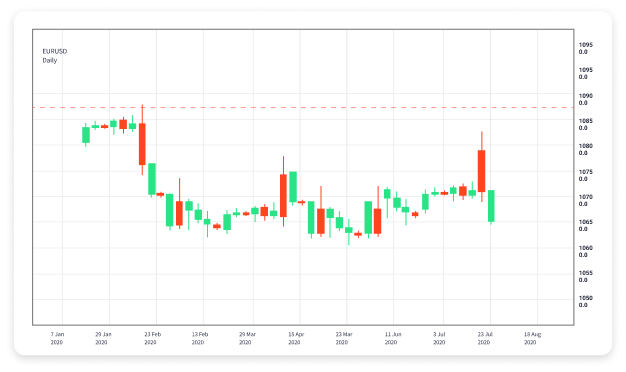
Automated trading has dramatically transformed the landscape of the Forex market. As technology continues to evolve, traders are increasingly turning to algorithms and automated systems to enhance their trading strategies. With the potential for increased efficiency and reduced emotional strain, many are asking whether automated trading is the future of Forex. For those looking to delve deeper into this dynamic field, automated trading forex Online Trading CM provides valuable resources and insights.
What is Automated Trading?
Automated trading, also known as algorithmic trading, involves the use of computer programs to execute trades automatically based on predefined criteria and algorithms. These algorithms analyze market data, identify trading opportunities, and execute orders without human intervention. The appeal of automated trading lies in its ability to operate 24/7, rapidly process vast amounts of data, and eliminate emotional decision-making.
Benefits of Automated Trading
Automated trading offers numerous advantages that can significantly enhance a trader’s performance:
- Emotionless Trading: One of the largest benefits of automated trading systems is the elimination of emotional influences. Traders can avoid the common pitfalls of fear and greed that often lead to poor decision-making.
- Speed and Efficiency: Automated trading systems can analyze market conditions and execute trades faster than any human could possibly achieve. This quick response time can make a significant difference in volatile markets.
- Backtesting Capabilities: Most automated trading platforms allow traders to backtest their strategies against historical data. This helps in evaluating the potential effectiveness of a trading strategy before live deployment.
- Increased Trading Opportunities: Automated systems can monitor multiple markets and instruments simultaneously, providing traders with opportunities they might otherwise miss.
- Time-Saving: Traders can spend less time on market analysis and more time on strategy development or other activities, such as leisure or education.

Risks Associated with Automated Trading
While there are compelling benefits to automated trading, there are also inherent risks that traders should consider:
- Technical Failures: Automated systems are reliant on hardware and software. System failures can lead to execution errors or significant financial losses.
- Market Conditions: Algorithms that perform well under certain market conditions may not adapt to changing environments. A strategy that works in a trending market may fail in a ranging market and vice versa.
- Over-Optimization: Traders often over-optimize their algorithms based on historical data. This can result in strategies that perform exceptionally well in backtesting but fail in live conditions.
- Lack of Human Oversight: While automation can reduce the need for constant monitoring, traders should remain informed about market conditions and be prepared to intervene if an issue arises.
Choosing the Right Automated Trading Software
With a plethora of automated trading platforms available, selecting the right one can be overwhelming. Here are key considerations:
- User Interface: A user-friendly interface is crucial for efficient operation. Look for platforms that provide clear dashboards and easy accessibility to critical features.
- Customizability: The best automated trading systems allow traders to customize their algorithms to suit their specific trading strategies and risk tolerances.
- Backtesting Features: Ensure that the platform includes robust backtesting tools so you can assess the viability of your strategies against historical data.
- Support and Community: Opt for platforms with strong customer support and an active community, as these can be invaluable resources for troubleshooting and strategy development.
Popular Automated Trading Strategies in Forex
There are several widely-used automated trading strategies that traders can adopt:
- Trend Following: This strategy involves placing trades in the direction of an established trend. Automated systems can identify and ride trends by using indicators like moving averages.
- Mean Reversion: Mean reversion strategies buy and sell assets based on the assumption that prices will revert to their historical averages. Automated systems can capitalize on short-term price movements in expected corrections.
- Breakout Strategies: Breakout systems trigger trades when the price breaks through established support or resistance levels, signaling potential momentum shifts.
- Arbitrage: Arbitrage strategies exploit price discrepancies across different markets or instruments, allowing traders to profit from minimal price differences.
Conclusion
Automated trading in the Forex market has emerged as a powerful tool for traders seeking to enhance their strategies and optimize their performance. While it offers significant advantages, it is essential to acknowledge and manage the risks involved. By selecting the right tools and remaining informed about market dynamics, traders can harness the potential of automated trading to achieve their financial goals. As technology continues to advance, those who adapt and innovate in their trading practices will stay ahead in this increasingly competitive arena.
